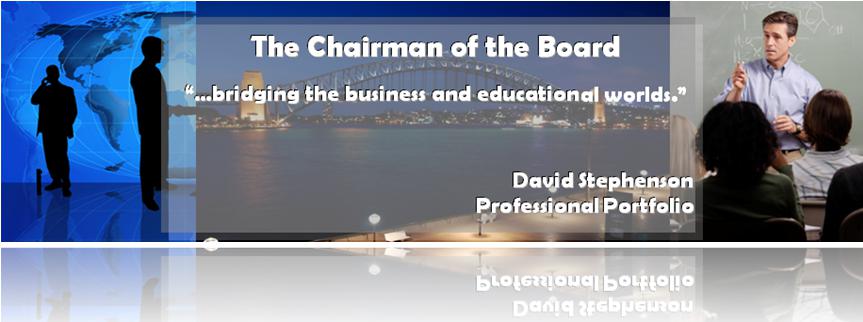

| DESIGNER | LEADER | LEARNER | MENTOR |
| REAL WORLD EDUCATOR | INNOVATOR |
Real World Educator
| Every fiber of
my being and vision is poured into this sector. Because of my 16
years experience in marketing, sales, and business, I naturally
gravitate towards activities which emmulate the real world. I my
opinion, where possible,
all things in the classroom should be "real world." In the world we
live in today, there really is no such thing as isolation.
Children are able to access just about anything, no matter how
far away it might seem, with a few clicks on a computer. Other
technologies also provide student connectivity for the 21st
century, including Facebook,
Twitter, Instagram, wikis, YouTube, and podcasts--which can also
be
accessed via smart phone from anywhere at anytime!
The
generation we are educating now has certain expectations, such as
having choices about what and where to learn and being able to have fun
while working. In order to keep up with these paradigm shifts,
educators must become more globalized and technology savvy. They
must build bridges
between students and the 21st century world--regardless of curriculums.
On of my favorite ITSer books, Brown's "Situated Cognition and the Culture of Learning," touches on this quite a bit. Here, he notes that students are able to learn better when they see the purpose of their learning and when they are able to apply their learning to authentic problems or situations. Part of being globalized is thinking about what sorts of skills are needed in order to function in the world today. For example, one must be able to solve problems, use information in meaningful ways, be literate in many different symbol systems, have knowledge about different content areas, and think of themselves as a community participant. All of these skills can be taught through careful design in the classroom. One way to do this is to brainstorm the ways in which each lesson or unit could potentially reinforce these skills and plan activities that carry it out. They must be consciously planned and executed to be fully engaging for the students. Using these types of activities has incredible benefits for students AND teachers. These include: -High level of
student engagement: little problems with classroom management.
-Prepare students to be more technology savvy and put technology to work for them -Encourage learners to assimilate and connect knowledge that is unfamiliar -Expose learners to different settings, activities and perspectives -Enhance transferability and application of theoretical knowledge to the ‘real world’ -Create opportunities for learners to collaborate, produce polished products and to practice generic (e.g., problem solving) and professional skills -Build capacity to exercise professional judgments (in a ‘safe’ environment) and attachment to professional In my classroom, I have over 20 projects that students can do in my class where they get are exposed to multiple types of authentic roles and problems. The entire second quarter unit called, "It's ALL Business," based a variety of business problems and promotional activities. These include the students assuming various roles, resposibilities and promotions in a company. The roles are based on "work promotions," which include roles as job applicants, sales representatives, directors and presidents. They are immersed in technology and real world problems, which include business cards, business letters, e-Magazine articles and business plans, among others. Student really enjoy and learn how the concepts do apply in the real world--they are very real and not abstract representations. Collaboration is allowed here as well so that students can get used to working together to help solve problems or offer more creative and constructive advice. |